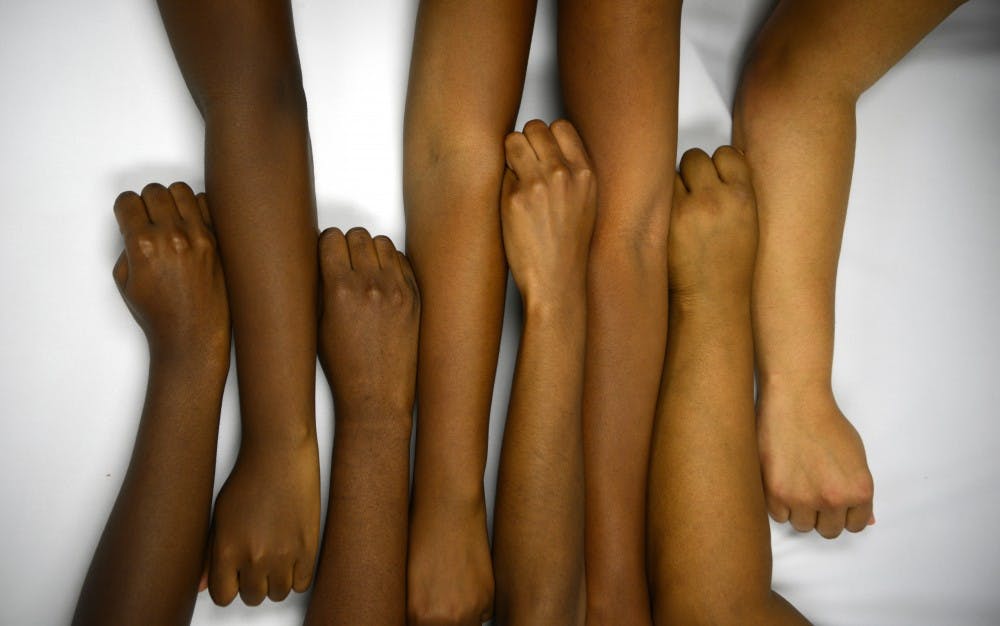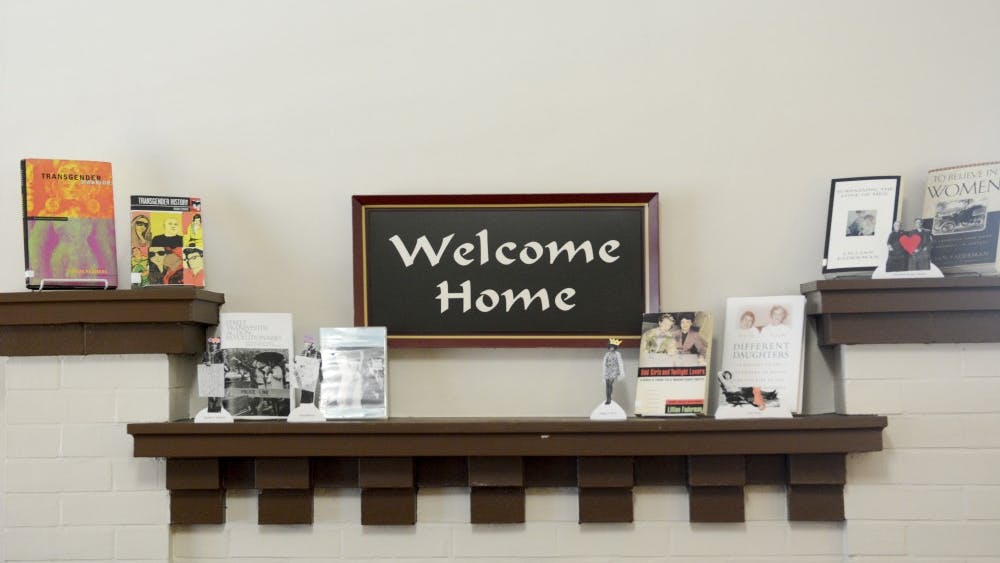My family loves to tell stories from my childhood, like I imagine most do. There are the typical “You and your cousin used to bite each other on the back” and “You always cried when strangers tried to touch you.” Normal stuff.
But there’s one that sticks out from the others, one that makes me pause while my family laughs.
When I was a baby, my aunt would lather me in sunscreen whenever we were about to go outside. This sounds like she was just trying to protect my skin. Normal. Respectable.
My family laughs, and then my grandma takes a breath to say, “Because she didn’t want you to get too dark.”
I am biracial, half-black and half-white, raised solely by my mother’s all-white family. As a child, the color of my skin was explained as “she drank too much chocolate milk” and compared to a chocolate and vanilla swirl ice cream cone. Trivial but innocent answers to the questions of white children who wanted to know why their cousin looked so different.
I can laugh at these stories, but I just can’t bring myself to crack a smile about the sunscreen.
Regardless of her intentions, my aunt was playing into a centuries-old mindset that in the end would do me more harm than good.
The favorability of lighter skin in people of color dates back to the days of slavery. In her study, “’If you’re Light you’re Alright’ Light Skin Color as Social Capital for Women of Color,” Margaret L. Hunter said the darkness of one’s skin tone was used to decide what duties slaves were given.
“Slave owners used skin color as a basis to divide enslaved Africans for work chores and to create distrust and animosity among them, minimizing chances for revolt,” Hunter said.
“These colonial value systems are forced on the colonized and often internalized by them.”
This study was published in 2002, but hasn’t lost its relevance.
Colorism has continued to divide people of color and, in recent years, has expanded into our social media through the hashtags “Team Lightskin” and “Team Darkskin.”
Through this social media trend, young people of color stepped into opposing groups, the #lightskins against the #darkskins and boasted their superiority over the other through Tweets and Instagram captions.
“I do believe there are some people who don’t realize it’s self-hate,” IU junior Alexis Burr said.
Burr was raised around colorism. She was the lightest person on her mother’s side of the family. She remembers hearing things like “‘She’s lighter so she does better in school. She’s lighter so you can’t hurt her.’”
She said she doesn’t notice the hashtags as much anymore but hated them while they were trending.
“I think our generation ... I think we’re more open to change,” she said. “We have more access to information so it shouldn’t have been a thing. But people don’t put effort into learning our history or where they come from.”
History definitely has an effect on the way people of color view themselves, but there could also be a scientific reason behind all of this.
Brett Richardson, a doctoral candidate in the Department of Psychological and Brain Sciences at IU, is studying the “Other Race Effect.”
“This phenomena shows up as faster and more accurate responses for within race (also, within group) face stimuli as opposed to out of group face stimuli,” he said in an email.
Richardson said the data isn’t conclusive. Patterns have varied across experiments and he hasn’t specifically looked into in-group variations, but “the data would suggest that there is a preference (in terms of task difficulty in tasks like categorization into like groups or passive viewing) for within group.”
This means bias can be the result of mere numbers. If there are more light-skinned people than we, as a society, will prefer light-skinned people.
If you look at racial representation in media, this makes perfect sense.
According to the University of California at Los Angeles’s “2015 Hollywood Diversity Report: Flipping the Script,” minorities made up 16.7 percent of lead roles in the 174 films analyzed for 2013. In the 2012-13 TV season, minorities made up 6.5 percent of leading roles in broadcast scripted programs.
We barely see racial minorities and when we do there are too many problems with the quality of their character. All I see is the “sassy black woman” and the “gangster black man,” just there for a laugh or to allow some more privileged character to don their white savior role.
But all these characters do is feed back into the stereotypes – stereotypes that affect colorism. Stereotypes that praise light-skinned people as the beautiful ones with potential to succeed and brushing dark-skinned people off as lost causes. Ugly, unintelligent, inferior.
The perpetuation of skin color hierarchies have to end.
The lightness of my skin doesn’t make me better than any other black person. I should not fear getting darker in the summer as though I will magically lose brain cells and my value to society.
We have too much knowledge at our fingertips to continue abiding by a society that embraces the same mentality as men who sold human beings like animals.
We have come too far to think the same way as the men who held whips against our ancestors.
Light or dark, we are black and every one of us can be beautiful, intelligent and successful.






